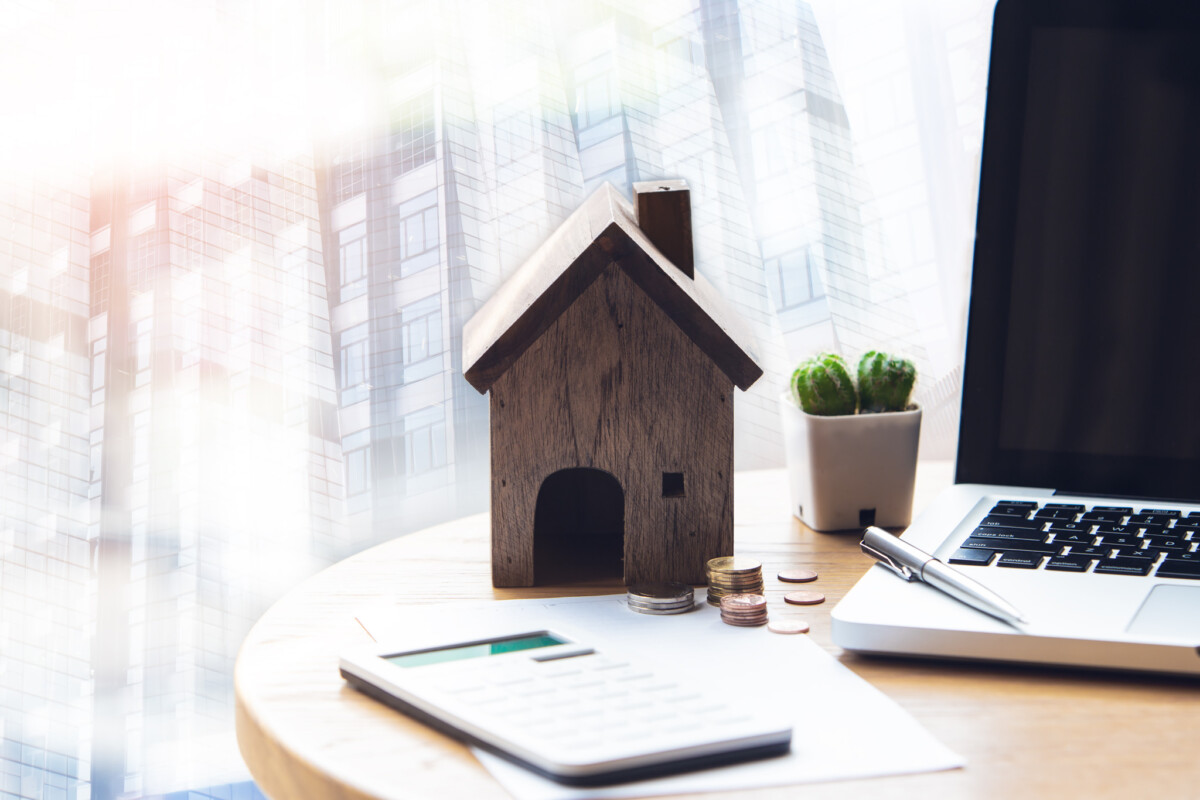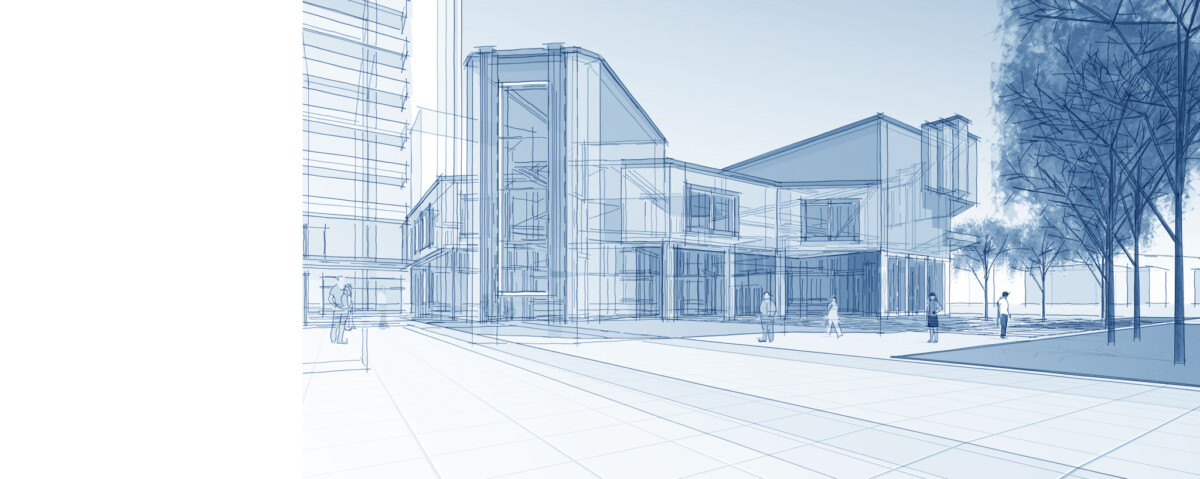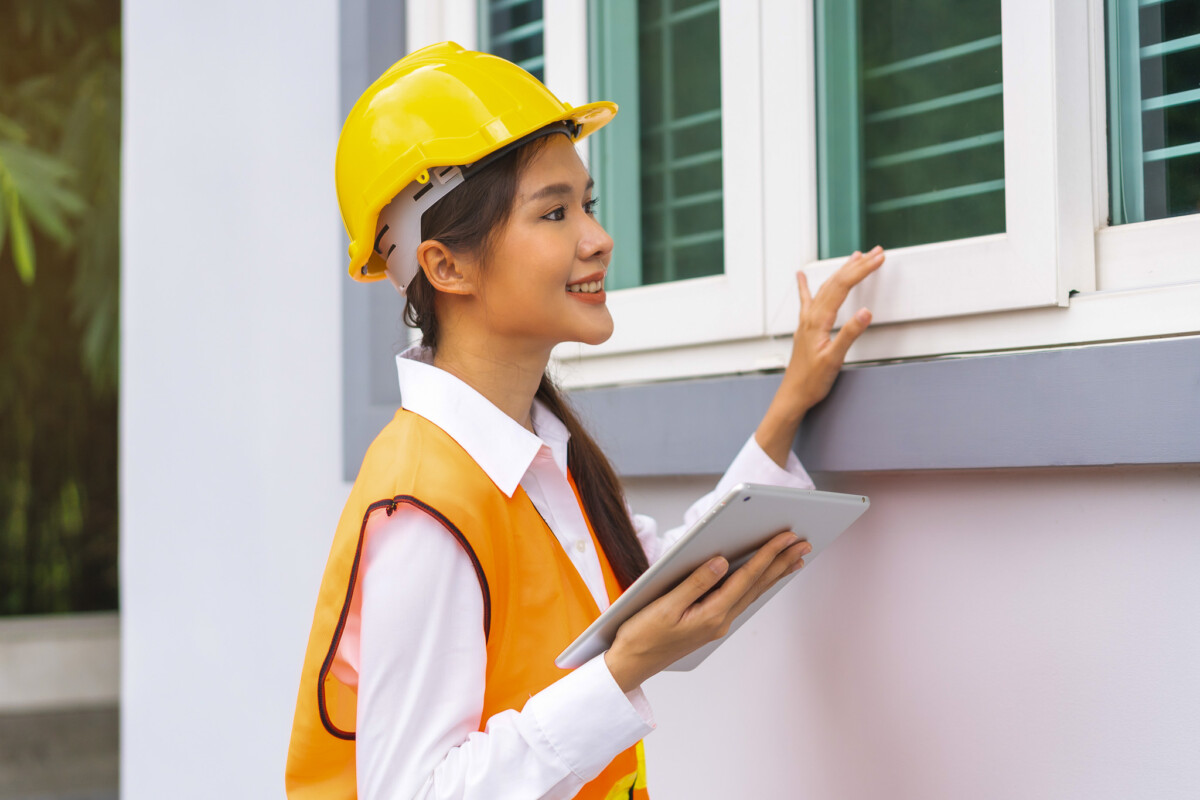Most people turn to a real estate agent to handle selling a home. However, many homeowners are increasingly choosing the “For Sale By Owner” (FSBO) route, where they are responsible for selling their home. This method can save money by eliminating the need to pay a real estate agent’s commission. Still, it also requires significant effort and knowledge of the real estate market. This article’ll explore what FSBO entails, its benefits, challenges, and tips for successfully selling your home without an agent.
What Is FSBO?
For Sale By Owner (FSBO) is a real estate term that refers to a home being sold directly by the homeowner without the assistance of a real estate agent. This means the homeowner takes on the tasks typically handled by an agent, such as pricing the home, marketing it, handling inquiries, negotiating offers, and navigating legal paperwork.
Why Do Homeowners Choose FSBO?
There are several reasons why homeowners might opt to sell their property themselves:
- Saving on Commissions: Real estate agents typically charge 5-6% of the home’s sale price as commission. You can avoid paying this fee by selling a house on your own, saving thousands of dollars.
- Complete Control Over the Sale: With FSBO, the homeowner has complete control over the sale process. You decide on the price, how to market the home, and who to sell to. This can be appealing to homeowners who want to be more hands-on.
- Knowledge of the Property: No one knows your home better than you do. As the owner, you can highlight unique features, improvements, and neighborhood benefits that might be less apparent to a third-party agent.
- Personalized Negotiations: Selling your home yourself lets you directly negotiate with buyers. Some homeowners feel cutting out the intermediary can lead to quicker and more transparent deals.
Challenges of FSBO
While FSBO can offer benefits, it also comes with challenges that homeowners should be aware of before embarking on this path:
- Pricing the Home Correctly: One of the biggest hurdles in FSBO is setting the right price for your home. Overpricing can scare off potential buyers, while underpricing may leave money on the table. Without a real estate agent’s market analysis, homeowners must do their research to determine an appropriate price.
- Marketing the Home: Real estate agents can access multiple listing services (MLS) and established networks to sell a home. Without an agent, homeowners must find other ways to advertise their property, such as listing on FSBO websites, social media, and local classifieds. Reaching a broad audience can be challenging without the right tools.
- Legal and Paperwork Requirements: Selling a home involves numerous legal requirements, such as disclosure forms, contracts, and closing documents. An experienced real estate agent or attorney would generally handle this. Still, FSBO sellers must ensure they comply with state and federal regulations.
- Time and Effort: Selling a home on your own can be time-consuming. Homeowners must manage open houses, respond to inquiries, vet potential buyers, negotiate, and handle the closing process. This can be overwhelming, especially for first-time sellers.
- Negotiation Skills: While some homeowners prefer to negotiate directly, others may find this aspect intimidating. Buyers may use professional agents, and it can be difficult for FSBO sellers to negotiate on equal footing if they lack experience.
How to Sell a Home FSBO
If you’re considering selling your home without an agent, here’s a step-by-step guide to help you navigate the process.
- Research and Set a Competitive Price
One of the most crucial steps in FSBO is setting the right price for your home. To do this:
- Research comparable sales: Look for homes similar to yours in size, location, and condition that have recently sold in your area.
- Use online tools: Websites like Zillow, Redfin, and Realtor.com offer home valuation estimates that can help you gauge market trends.
- Consider a professional appraisal: Hiring an experienced appraiser can give you an accurate assessment of your home’s value. While this costs money, ensuring you don’t misprice your home may be worth the investment.
- Prepare Your Home for Sale
Ensure your home is in the best condition before listing it for sale. This may include:
- Decluttering and deep cleaning: A clean, organized home makes a great first impression.
- Making necessary repairs: Fix any noticeable issues, such as leaky faucets, broken windows, or damaged flooring.
- Staging the home: You can hire a professional stager or do it yourself by arranging furniture and decor to appeal to potential buyers.
- Market Your Home
Without an agent’s access to the MLS, you’ll need to be proactive about marketing your home. Some options include:
- FSBO websites: There are dedicated websites for FSBO listings, such as FSBO.com, Zillow, and Craigslist.
- Social media: Promote your listing on Facebook, Instagram, and neighborhood groups to reach local buyers.
- Yard signs: Don’t underestimate the power of a traditional “For Sale” sign in front of your home to attract passersby’s attention.
- Host Open Houses and Showings
Make your home available for showings, and consider hosting open houses. Be ready to answer potential buyers’ questions and provide information about your home’s features, improvements, and neighborhood.
- Negotiate Offers
When you receive offers, review them carefully. Be prepared to negotiate the price, contingencies, and closing timeline. If you’re unsure about the details, consider hiring a real estate attorney to help review contracts and ensure everything is legally sound.
- Handle the Paperwork
Selling a home requires legal documents, including:
- Purchase agreement: This contract outlines the terms of the sale.
- Disclosure forms: State laws require sellers to disclose certain information about the home, such as known defects or hazards.
- Title and closing documents are necessary to transfer ownership to the buyer.
Hiring a real estate attorney or title company to handle the closing process can help ensure everything is done correctly and legally.
Tips for a Successful FSBO Sale
- Be Realistic About Your Time: FSBO requires a significant time commitment. Make sure you’re available to manage inquiries, showings, and paperwork.
- Consider Professional Help for Specific Tasks: While you may not want to hire a real estate agent, you can still enlist the help of a professional photographer to take high-quality photos or a lawyer to review contracts.
- Stay Organized: Keep detailed records of offers and contracts and communicate with potential buyers to stay on top of the process.
- Know Your Legal Responsibilities: Research state and federal laws regarding home sales, including disclosure requirements and fair housing regulations.
Conclusion
Selling your home as a For Sale By Owner can save you thousands of dollars in real estate agent commissions, but it’s not without challenges. Successfully navigating the FSBO process requires research, time, and effort. By pricing your home correctly, marketing it effectively, and handling negotiations and paperwork with care, you can achieve a successful sale without the assistance of a real estate agent. However, if you’re unsure about certain aspects of the process, don’t hesitate to seek professional help to ensure a smooth transaction.

















